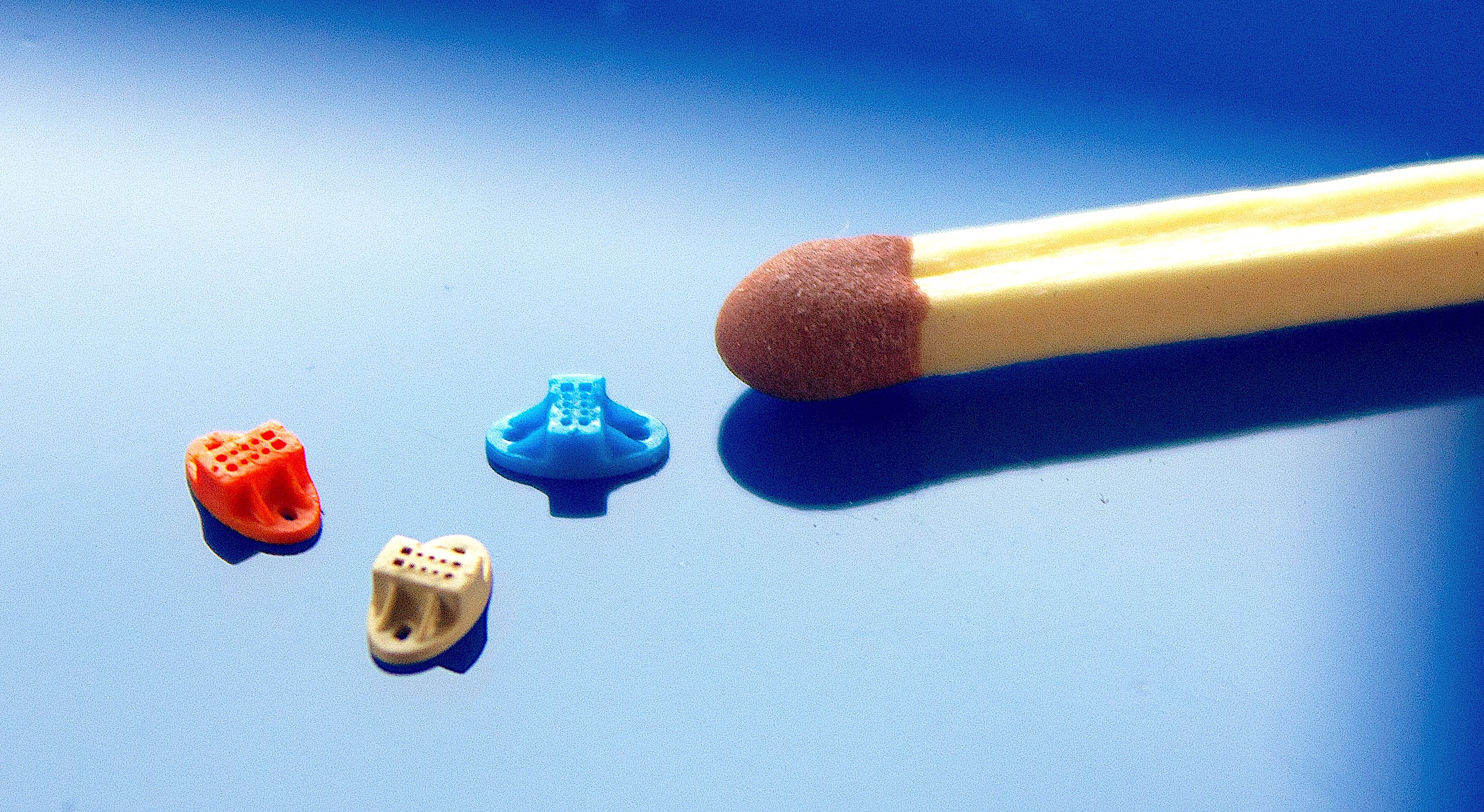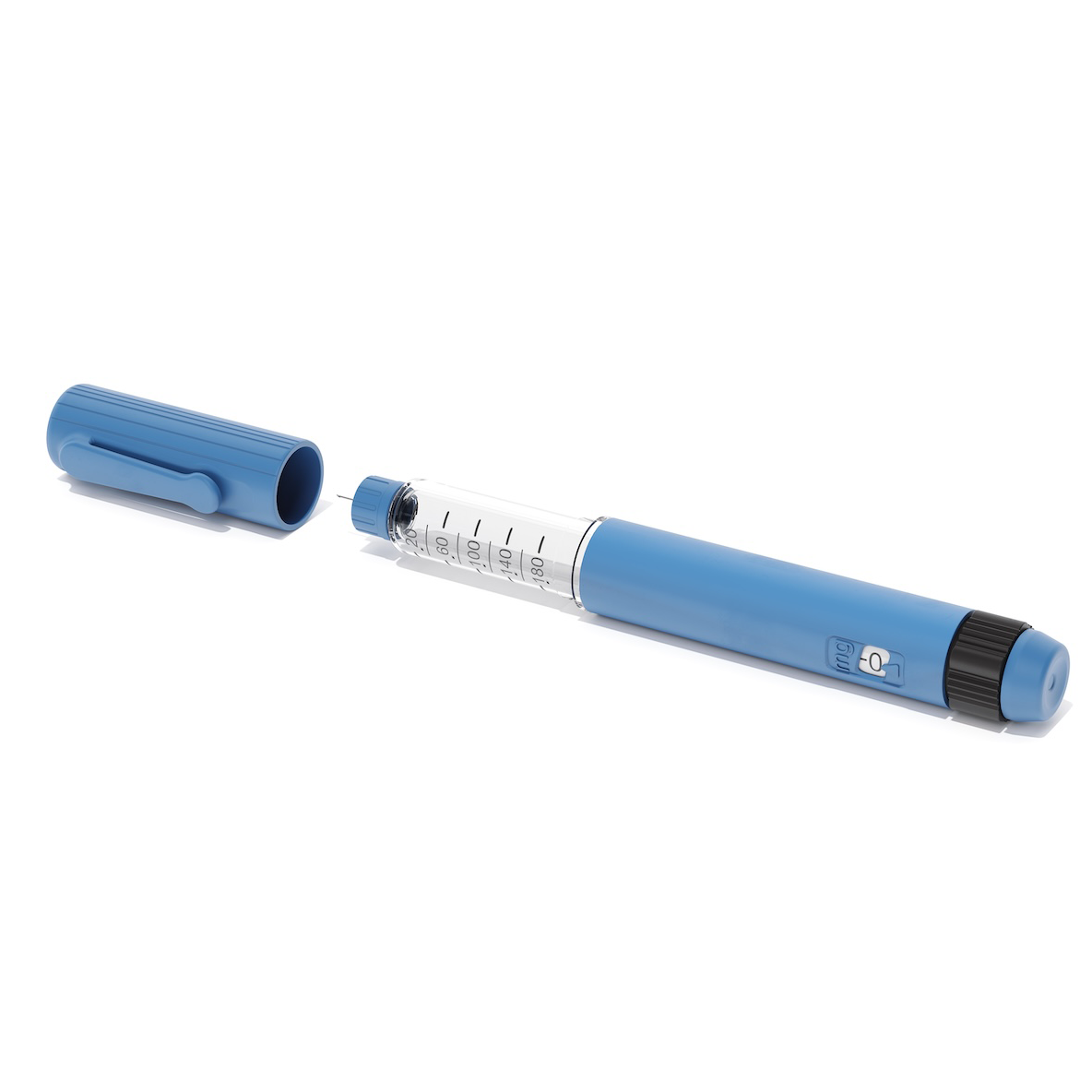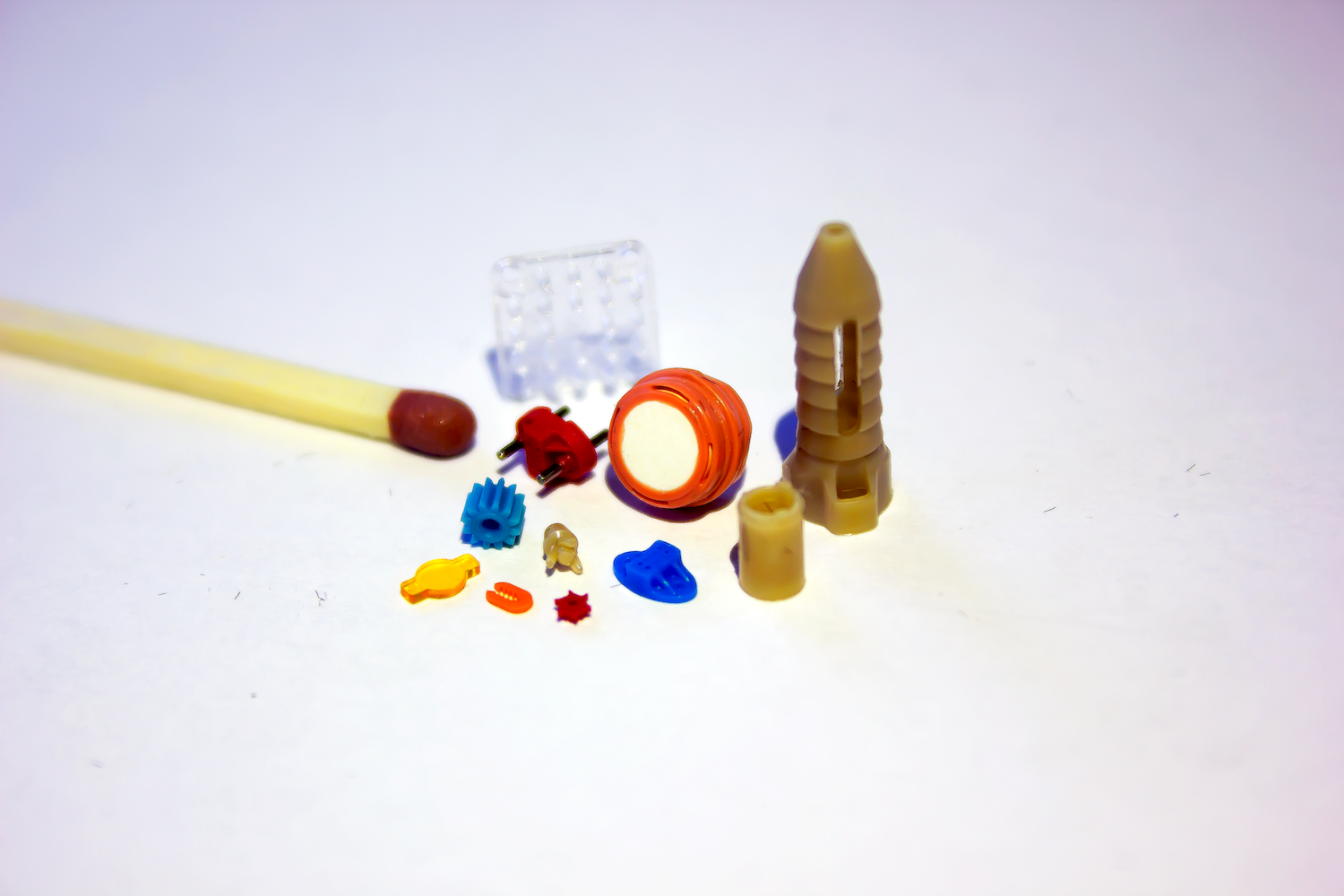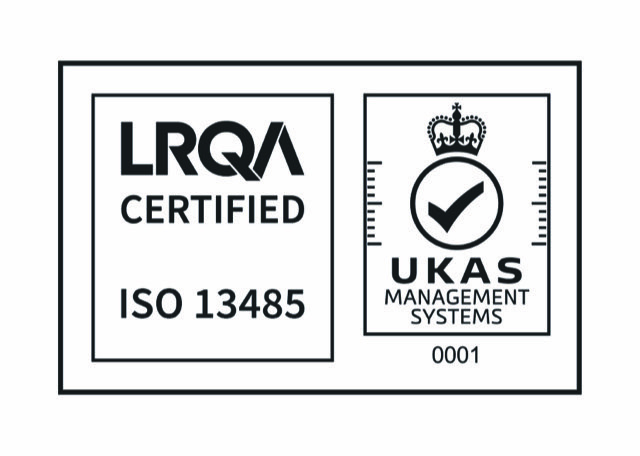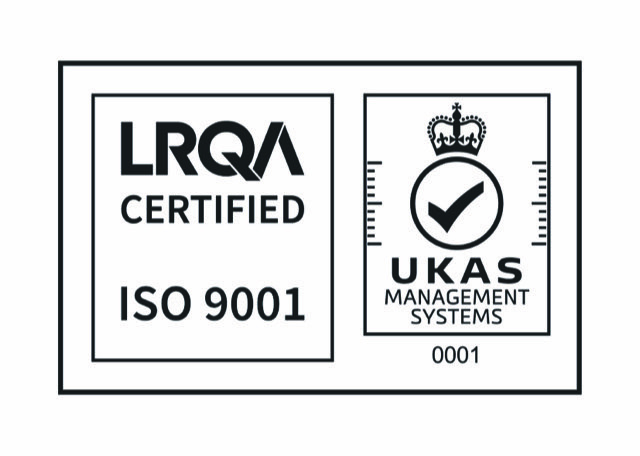Innovations in micro injection moulding
Engineering is about inventing solutions that can improve our lives, not only fixing existing problems. When it comes to the environment, the society and future sustainability, innovations in engineering has the potential to actually save the world from alerting issues including climate change, resource depletion, overpopulation, healthcare quality, pollution, waste disposal and water scarcity.
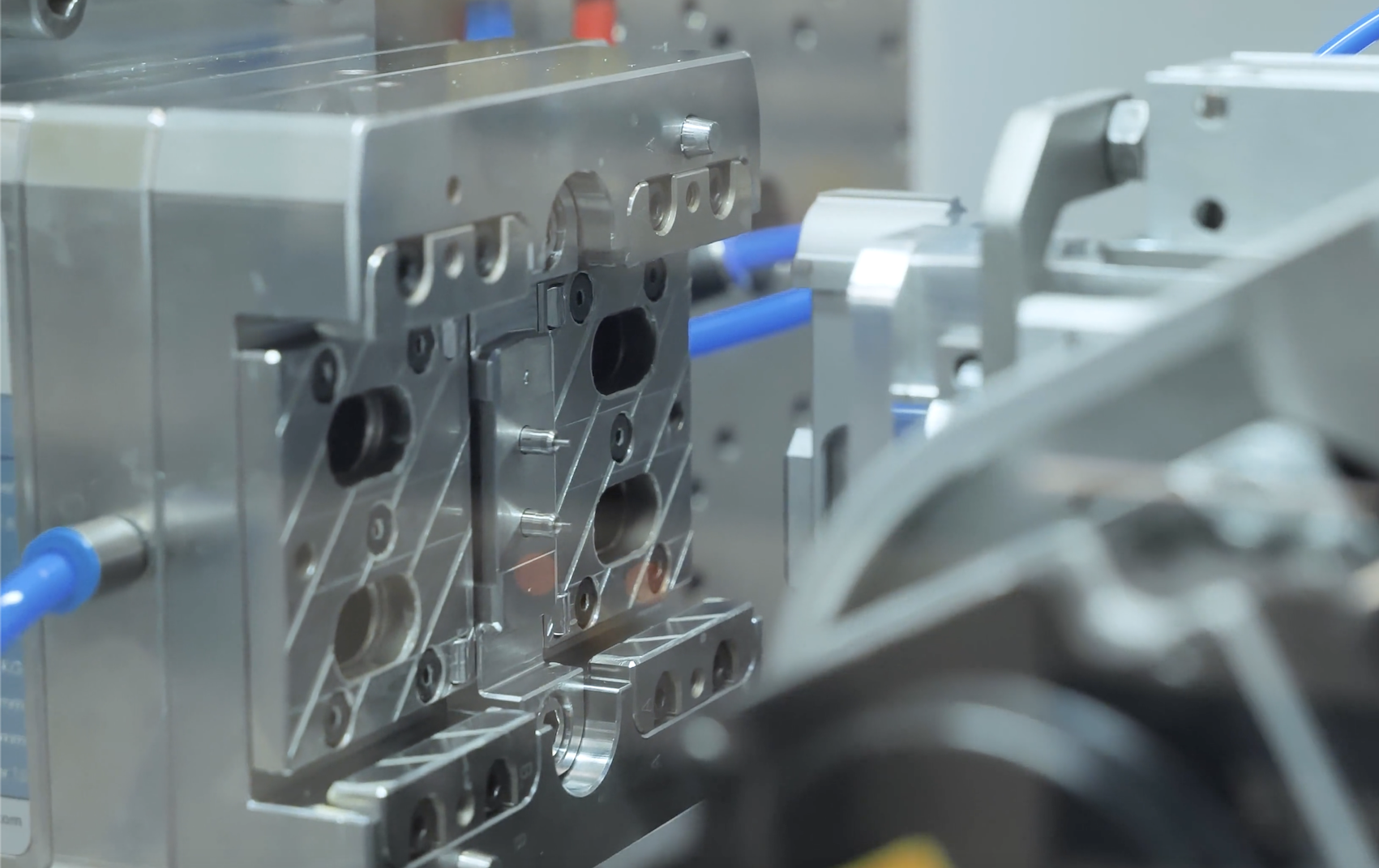
Innovation in micro moulding helps manufacturers and customers reach new milestones every year (Photo: Micro Systems)
What is micro injection moulding?
Micro injection moulding is a highly specialised technique that involves CNC and EDM machined micro-structured steel or aluminium moulds to micron or even submicron scale tolerances, weighing a fraction of a gram or having tiny features varying from 50µm to 5µm or less.
Micro injection moulding differs from classic moulding primarily in shot size and machine accuracy. Micro injection moulding machines offer finer resolution, injecting fractions of a gram with high precision for uniform pressure distribution. Smaller moulds are used, with precision CNC and EDM equipment creating micro moulds featuring tiny cores, cavities, and intricate internal features.
Micro injection moulding brings a number of benefits, including:
High quality: Micro injection moulds are generally more precise than traditional moulds, resulting in superior surface finishes and fewer flaws on the final products. The technology can produce smaller features with tighter tolerances and, as a result, a smoother finish. The capacity to build microscopic features also implies that the quality of the final components will be better, as will the time it takes to make those parts.
Lower manufacturing costs:Micro injection moulding is often more cost-effective than traditional plastic injection moulding, with reduced clamping force requiring smaller, less expensive machinery. The cost is typically 40% lower than standard moulding tools. Additionally, shorter cycles, compact barrels, fewer mould holes, and smaller runners all contribute to lower production costs. Micro injection moulding machines consume less energy and time to produce the same output, leading to reduced energy costs and increased profitability when used efficiently.
At Micro Systems (UK), our expertise in designing conformal cooling channels in mould inserts enables significant cycle time reductions. For instance, we recently reduced cycle time from 6.5s to 3.5s, resulting in a substantial increase in machine cell volume and overall productivity.
Minimised plastic waste: Micro injection moulding reduces plastic waste by producing smaller components and using less raw material. Shorter runner systems also minimise waste compared to traditional injection moulding.
This technology is particularly vital in the medical and healthcare industries, where precision and cleanliness are critical. Micro injection moulding is widely used to manufacture medical devices such as drug delivery systems, catheters, diagnostic tools, and components for minimally invasive procedures. Additionally, the rise of microfluidic devices is expanding its use in medical applications, including Point-Of-Care. The medical sector accounts for around a quarter of the global micro injection moulding market share, according to Mordor Intelligence.
Micro injection moulding is increasingly used in the electronics and automotive industries. It is becoming essential for manufacturing micro components, offering the most cost-effective solution for mass production of polymer micro-components.
Innovations and Sustainability
Micro over-moulding
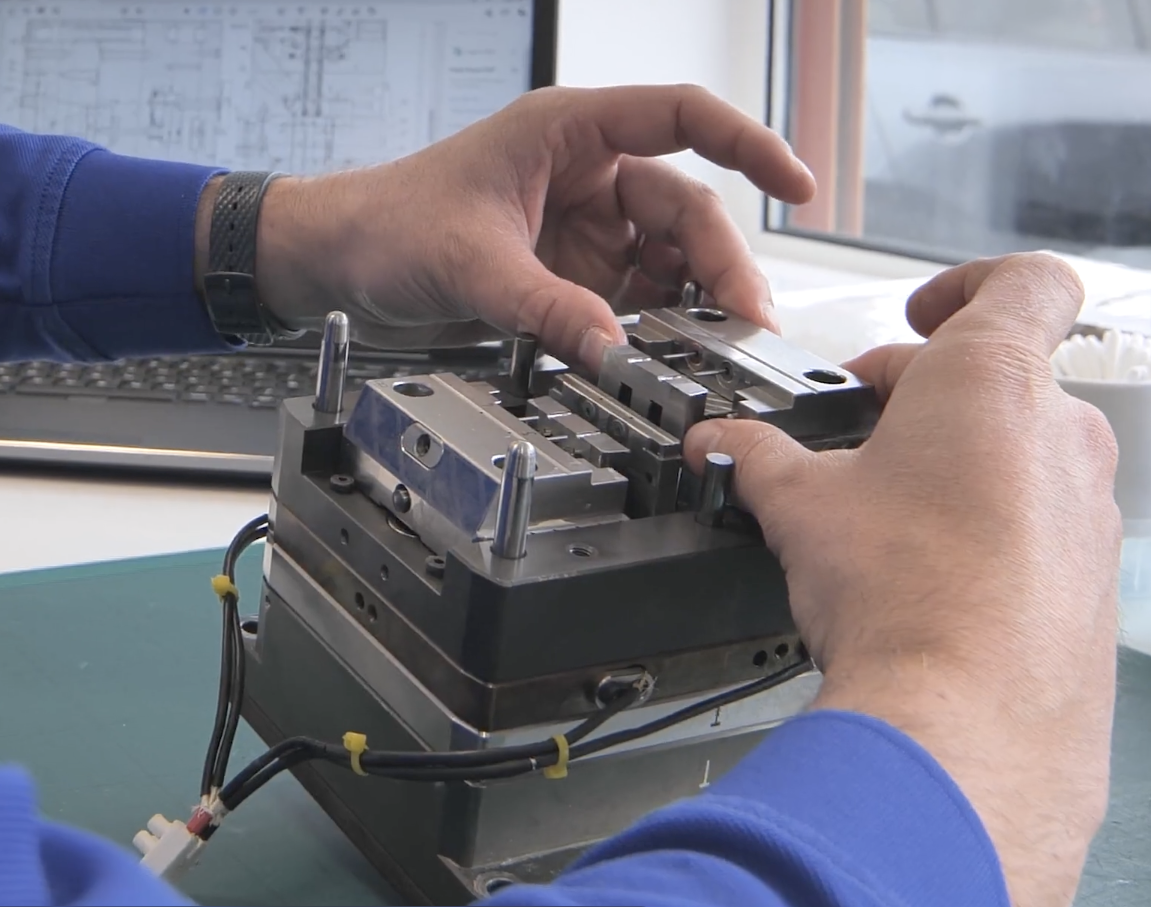
Over-moulding is the process of joining two or more moulded plastic or elastomer elements to form a single product. The materials may be similar or different, creating a mechanical or chemical bond, unlike insert moulding, which forms a mechanical bond. The first layer, known as the substrate, is covered by the second material, or over-mould, typically thermoplastics or elastomers.
Over-moulding eliminates the need for adhesives, enhancing part functionality, such as creating water-resistant seals, which is particularly valuable in medical devices. It improves shot-to-shot consistency and overall part quality. Additionally, robotics and automation enable high-volume, low-cost production while reducing assembly time and failure risks.
Optical micro moulding
Micro-optic components are characterised by their size and flatness, with relief depths in diffractive optical elements (DOEs) ranging from a few hundred nanometres to micrometres, and depths under 100 microns common for refractive microlens arrays. These flatness qualities make injection moulding an ideal production process, offering significant cost savings as component volumes increase.
Polymer optics are more cost-effective than glass, and the cycle time for moulding is considerably shorter than grinding and polishing optics. Additionally, multi-cavity moulds can produce multiple lenses per cycle, making them ideal for high-volume projects with commercial tolerances.
However, the use of injection moulding for micro-optic manufacturing necessitates the optimisation of design, mastering, tooling and production procedures, implying that tight collaboration between manufacturer and product developer is essential.
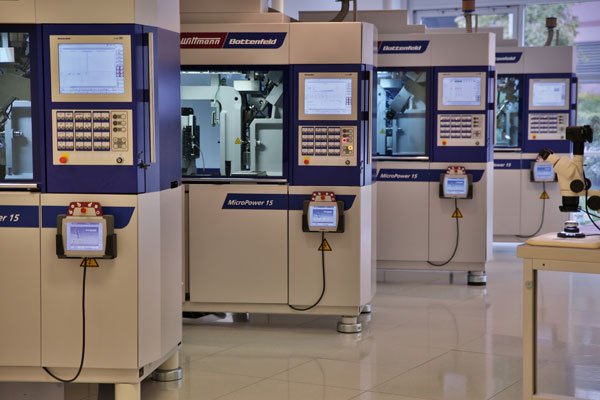
Towards nano injection moulding
Advancements in plastic injection moulding technology are enabling production at sub-micron (≤ 10-6 m) and nanometre scales (≤10^-7m) scales, particularly for medical diagnostics. Nano injection moulding facilitates innovation in consumer wearables and medical diagnostic devices. However, surface roughness can significantly impact the replication of micro/nano features, affecting heat transfer and local flow fields.
Depending on its dimension and aspect ratio, applications of nano injection moulded features are highly valuable in hydrophobic functionality for the automotive industry, biomedical plastic cellware, light guide panel, microfluidics, lap-on-a-chip and medical diagnostic instruments, anti reflective panel for optics and display technology, optical grating, DNA sequencing chip for medical technology and others.
Innovative advancements in micro injection moulding are driving a more sustainable future. For example, compact sensors now monitor temperature, pressure, warpage, shrinkage, and other processes within the mould. CNC machine tools and micro sinker EDM enable precise injection of shots weighing under 1 gram, while advanced sensors offer better process control and real-time monitoring. Additionally, runnerless or reduced flow route moulds conserve materials and support high-precision, ultra-small shot sizes. Other developments include non-standard material designs, reduced wall thickness filling, stress reduction, mould annealing, and enhanced monitoring systems for both moulds and materials.
Check out our 2022 CSR Report here!
References:
Micro injection molding market size, share, growth & forecast 2029 (no date) Adroit Market Research. Available at: https://www.adroitmarketresearch.com/industry-reports/micro-injection-molding-market#:~:text=Micro%2Dinjection%20Molding%20costs%20around,faster%20and%20less%20expensive%20machining. (Accessed: 26 May 2023).
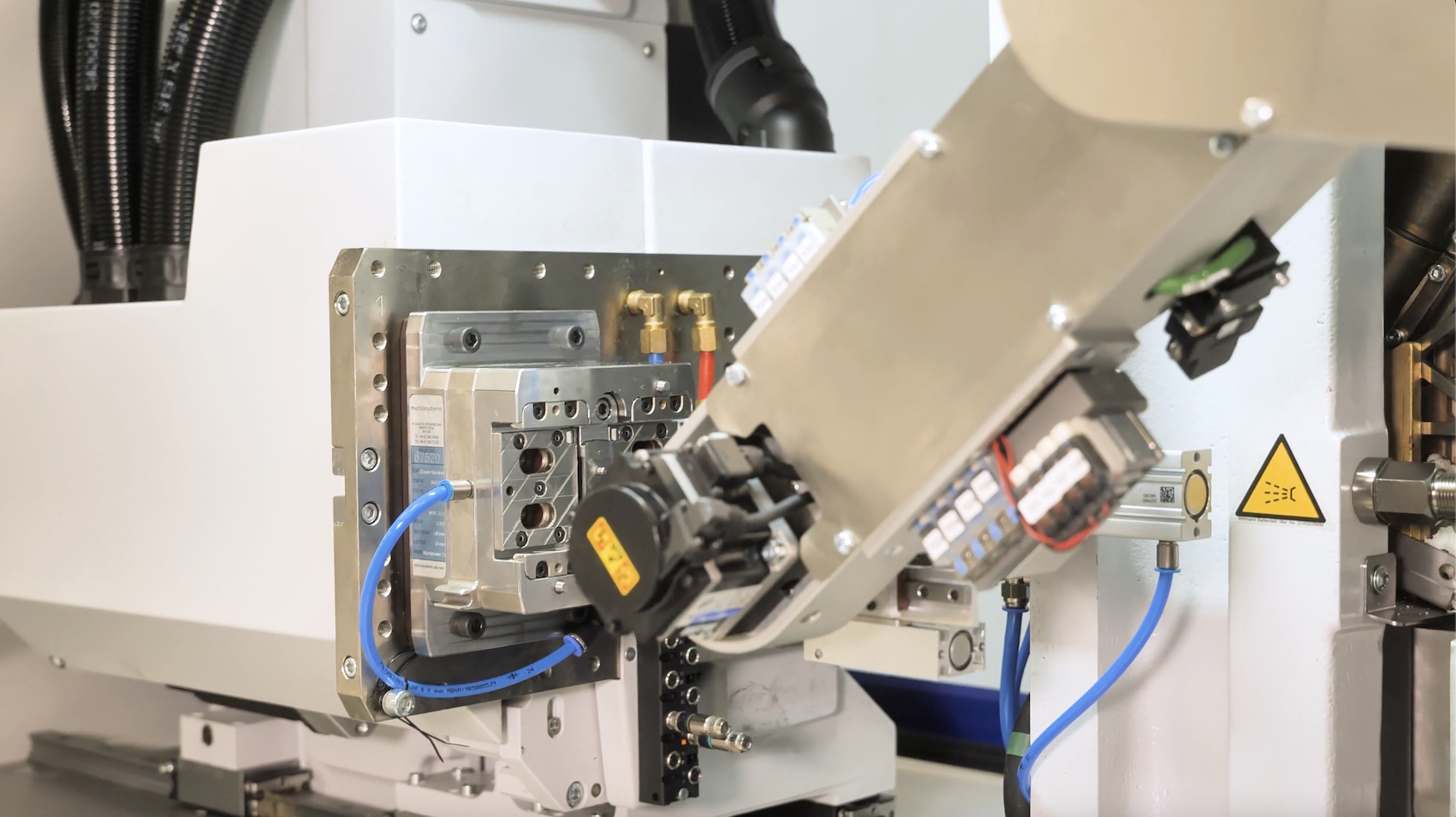
Micro Systems, based in Golbourne, Greater Manchester, UK, has been a leading supplier for micro moulding, mould design, mould manufacture and metrology, for major OEMs in the medical, pharmaceutical, ophthalmic, packaging markets and many more. Our innovative micro injection moulding technology and equipment provides optimum precision and manufacture of all components to your specifications. For more information, please Contact us or visit our website.

